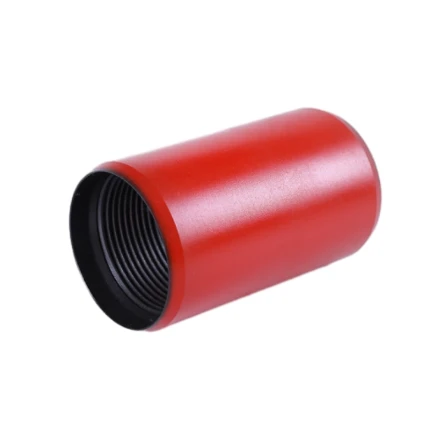Feb . 15, 2025 16:22
Back to list
what are the differences between casing and tubing?
Casing and tubing are critical components in the oil and gas industry, often misunderstood or confused due to their similar appearances and roles. However, their functions, applications, and specifications differ significantly. Understanding these differences is vital for professionals engaging in drilling operations or any related field.
In terms of maintenance, casing requires less frequent inspection due to its permanent nature and protective environment — surrounded by cement. Tubing, given its exposure to production fluids, mandates regular monitoring and maintenance routines. Utilizing advanced technologies like real-time monitoring systems and non-destructive testing methods enhances the maintenance processes, thereby reducing the risk of failures and ensuring operational efficiency. Both casing and tubing manufacture and maintenance are governed by stringent industry standards and regulations to ensure safety and environmental protection. Standards organizations, like the American Petroleum Institute (API), provide comprehensive guidelines and classifications specifying material properties, manufacturing processes, and testing procedures. Adhering to these standards not only certifies quality but fosters confidence in oil and gas operations. Experienced professionals emphasize the importance of thorough training and expert oversight in handling and installing casing and tubing. The complexities of diverse geological conditions, ever-evolving technological solutions, and strict regulatory frameworks demand a high degree of expertise and authority. Building a trust-based operation in the oil and gas sector depends significantly on deploying these components efficiently and reliably. Embedding the nuances of casing and tubing differences within operational strategies can enhance exploration and production success rates. From initial selection to final installation and maintenance, each step demands precise attention and expertise, paramount for sustaining productivity and ensuring safety in the oil and gas industry.


In terms of maintenance, casing requires less frequent inspection due to its permanent nature and protective environment — surrounded by cement. Tubing, given its exposure to production fluids, mandates regular monitoring and maintenance routines. Utilizing advanced technologies like real-time monitoring systems and non-destructive testing methods enhances the maintenance processes, thereby reducing the risk of failures and ensuring operational efficiency. Both casing and tubing manufacture and maintenance are governed by stringent industry standards and regulations to ensure safety and environmental protection. Standards organizations, like the American Petroleum Institute (API), provide comprehensive guidelines and classifications specifying material properties, manufacturing processes, and testing procedures. Adhering to these standards not only certifies quality but fosters confidence in oil and gas operations. Experienced professionals emphasize the importance of thorough training and expert oversight in handling and installing casing and tubing. The complexities of diverse geological conditions, ever-evolving technological solutions, and strict regulatory frameworks demand a high degree of expertise and authority. Building a trust-based operation in the oil and gas sector depends significantly on deploying these components efficiently and reliably. Embedding the nuances of casing and tubing differences within operational strategies can enhance exploration and production success rates. From initial selection to final installation and maintenance, each step demands precise attention and expertise, paramount for sustaining productivity and ensuring safety in the oil and gas industry.
Latest news
-
Tubing Crossover - API Compatible, Custom Sizes, In StockNewsNov.10,2025
-
Tubing Coupling | High-Strength, Leak-Proof Steel CouplingsNewsNov.10,2025
-
Wholesale API Threading Casing Coupling | API 5CT, Fast ShipNewsNov.10,2025
-
Pup Joint Supplier | API Certified, Custom, Quick ShipNewsNov.10,2025
-
Pup Joint Manufacturers | Precision Machined, Fast DeliveryNewsNov.10,2025
-
Tubing Coupling | Precision Steel, Leak-Proof, Fast DeliveryNewsNov.03,2025
Related Products







